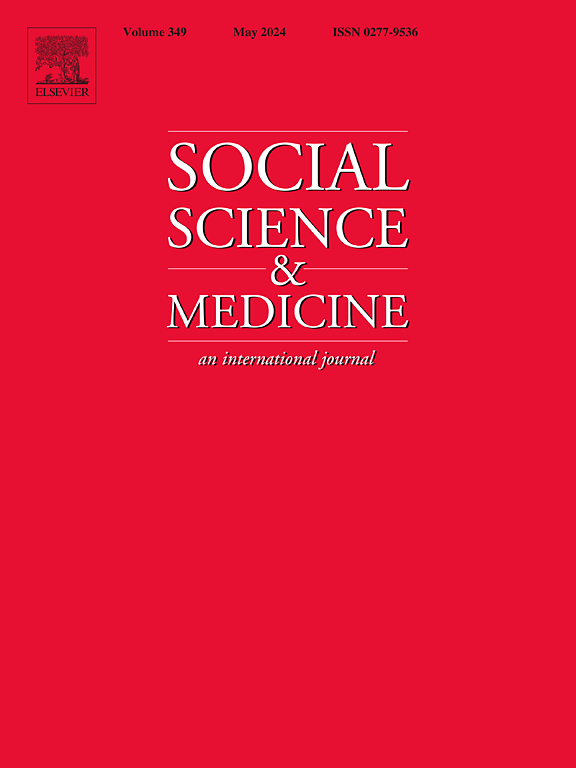When youth record police: Investigating officer intrusion and mental health repercussions among Black youth in Baltimore City, Maryland
IF 4.9
2区 医学
Q1 PUBLIC, ENVIRONMENTAL & OCCUPATIONAL HEALTH
引用次数: 0
Abstract
Rationale
Recording the police is a high-stakes racial justice issue for minoritized youth and communities. No studies to date have explored youths’ efforts to record police and the mental health impacts of these experiences for youth.
Objective
This study examined the features and mental health repercussions of in-person stops where youth attempted to record police.
Methods
Data come from the Survey of Police-Adolescent Contact Experiences (SPACE), a cross-sectional survey of a community sample of Black youth ages 12–21 in Baltimore City, Maryland (n = 345), administered from August 2022 to July 2023.
Results
Youth commonly attempted to record police during direct stops (33.63%) and in-person witnessed stops (39.18%). Across both types of stops, youths’ attempts to record police were strongly associated with all forms of officer intrusion. Recording the police was also associated with significantly elevated police-initiated post-traumatic stress symptoms (PI-PTSS), even when adjusting for officer intrusion and other covariates. Recording the police was most relevant to PI-PTSS for stops with little to no officer intrusion.
Conclusion
In addition to systemic change that eliminates inequities in police violence against minoritized youth and communities, trauma-informed supports may be needed for youth who attempt to record police stops – even when stops feature little to no officer intrusion.
当青年记录警察:调查在马里兰州巴尔的摩市黑人青年中的警察入侵和心理健康影响
对少数族裔青年和社区来说,记录警察是一个高风险的种族正义问题。迄今为止,还没有研究探讨过青少年记录警察的努力以及这些经历对青少年心理健康的影响。目的探讨青少年试图记录警察的现场停车特征及其对心理健康的影响。方法数据来自警察-青少年接触经历调查(SPACE),这是一项对马里兰州巴尔的摩市12-21岁黑人青年社区样本的横断面调查(n = 345),于2022年8月至2023年7月进行。结果青少年在直接拦停(33.63%)和现场目击拦停(39.18%)时试图记录警察。在这两种类型的拦截中,年轻人试图记录警察的行为与各种形式的警察入侵密切相关。记录警察也与警察引发的创伤后应激症状(PI-PTSS)显著升高相关,即使在调整了警察入侵和其他协变量后也是如此。PI-PTSS最相关的是在警察很少或没有干预的情况下拦截警察。除了系统性的改变消除警察对少数族裔青年和社区暴力的不平等之外,可能还需要为那些试图记录警察拦截的年轻人提供创伤信息支持——即使这些拦截很少甚至没有警察的干预。
本文章由计算机程序翻译,如有差异,请以英文原文为准。
求助全文
约1分钟内获得全文
求助全文
来源期刊

Social Science & Medicine
PUBLIC, ENVIRONMENTAL & OCCUPATIONAL HEALTH-
CiteScore
9.10
自引率
5.60%
发文量
762
审稿时长
38 days
期刊介绍:
Social Science & Medicine provides an international and interdisciplinary forum for the dissemination of social science research on health. We publish original research articles (both empirical and theoretical), reviews, position papers and commentaries on health issues, to inform current research, policy and practice in all areas of common interest to social scientists, health practitioners, and policy makers. The journal publishes material relevant to any aspect of health from a wide range of social science disciplines (anthropology, economics, epidemiology, geography, policy, psychology, and sociology), and material relevant to the social sciences from any of the professions concerned with physical and mental health, health care, clinical practice, and health policy and organization. We encourage material which is of general interest to an international readership.
 求助内容:
求助内容: 应助结果提醒方式:
应助结果提醒方式:


